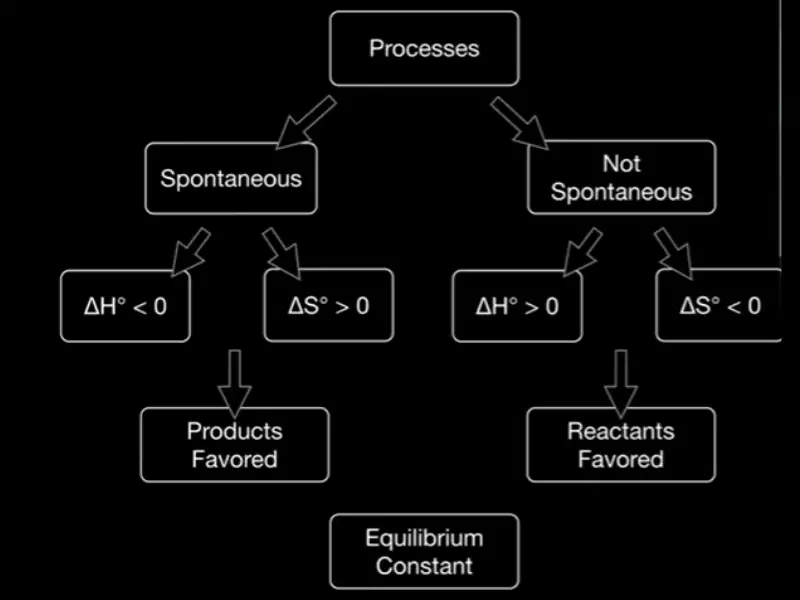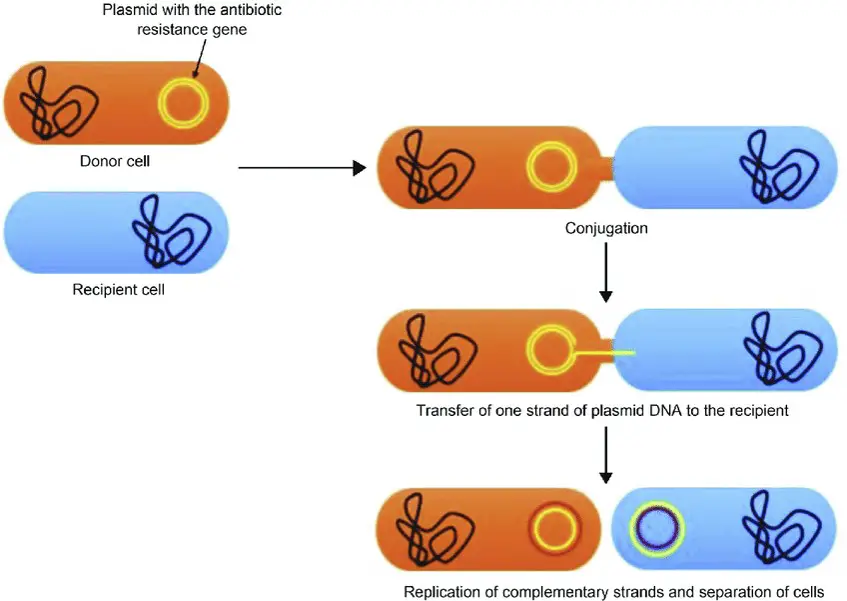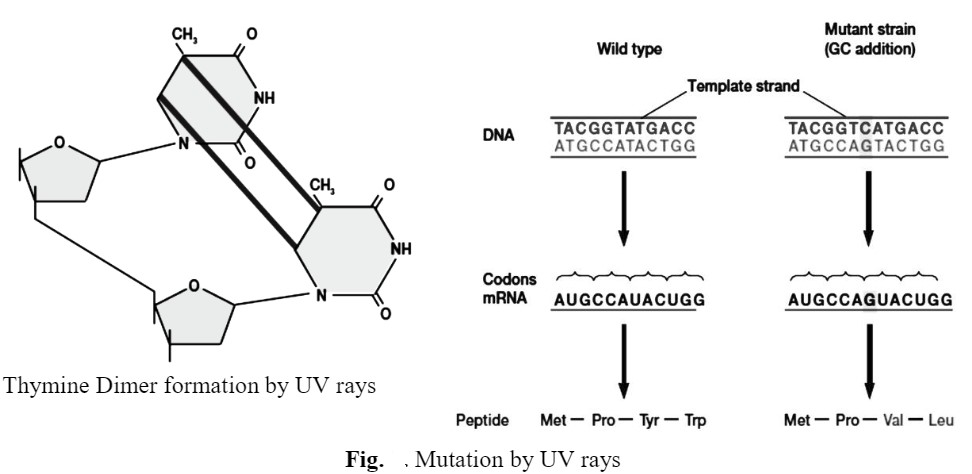Genetic mutations are fundamental to the diversity of life on Earth, acting as both architects of genetic variation and agents of change within populations. These mutations occur when the DNA sequence of an organism’s genome is altered, leading to potential changes in its characteristics or abilities. Such alterations can range from benign to significant, influencing not just individual organisms but entire species over generations.
The difference between spontaneous and induced mutations lies in their origins. Spontaneous mutations arise from natural internal processes within an organism, such as errors in DNA replication or the inherent instability of certain genetic sequences. On the other hand, induced mutations result from external factors, including exposure to specific chemicals or radiation, which directly damage DNA or interfere with its replication process.
Understanding these distinctions is crucial for various scientific fields, from evolutionary biology to medicine and genetic engineering. Spontaneous mutations are the raw material for natural selection, driving evolutionary changes and adaptation. Induced mutations, while often seen in a negative light due to their association with disease, can also be harnessed for research, allowing scientists to study gene functions and develop new treatments for genetic disorders.

Mutation Basics
Genetic Mutations Explained
Definition and Role in Evolution
Genetic mutations are changes in the DNA sequence of an organism’s genome. These alterations can affect anything from a single DNA building block (nucleotide) to a large segment of a chromosome that includes multiple genes. Mutations play a crucial role in evolution, acting as a source of genetic diversity upon which natural selection acts. Without mutations, evolution would be impossible, as there would be no variation for natural selection to choose from.
Types of Mutations
Mutations can be broadly classified into several categories, each with distinct characteristics and implications for the organism:
- Point mutations: Changes in a single nucleotide.
- Insertions and deletions: Addition or removal of nucleotides in a DNA sequence.
- Copy number variations: Increases or decreases in the number of copies of a particular gene.
- Structural mutations: Large-scale changes in chromosome structure.
Spontaneous Mutations
Definition and Causes
Spontaneous mutations occur without any external influence, resulting purely from internal biological processes. These are natural events that happen during cell division, DNA replication, or due to the inherent chemical instability of certain DNA sequences.
Mechanisms
Several mechanisms underlie spontaneous mutations:
- DNA replication errors: Mistakes made during the DNA copying process can introduce new mutations.
- Tautomeric shifts: Temporary changes in the base structure of DNA that can lead to mispairing during DNA replication.
- Trinucleotide repeat expansions: The number of repeats of small DNA sequences can increase, a phenomenon associated with certain genetic disorders.
Characteristics
- Rate of occurrence: Spontaneous mutations happen at a relatively constant rate, though this can vary among organisms and with different genes.
- Examples in organisms: Many genetic variations in natural populations, like different blood types in humans, are the result of spontaneous mutations.
Induced Mutations
Definition and Causes
Induced mutations are the result of external factors influencing the DNA sequence, such as exposure to chemicals or radiation. These are not natural occurrences within the cell’s normal operations but are instead introduced by environmental or artificial interventions.
External Factors
Two main types of external factors can induce mutations:
- Chemical agents: Substances that can alter DNA structure or interfere with the replication process. Examples include polycyclic aromatic hydrocarbons found in smoke and certain plant alkaloids.
- Physical agents: This includes ultraviolet (UV) light and ionizing radiation, both of which can cause direct damage to the DNA.
Mechanisms
Induced mutations occur through:
- Direct DNA damage: Causing physical changes to the DNA that can lead to mutations.
- Interference with DNA replication: Agents that disrupt the normal process of DNA replication can lead to misincorporation of nucleotides and other errors.
Characteristics
- Control and application in research: Scientists can induce mutations in organisms deliberately to study gene functions, understand disease mechanisms, or develop new treatments and technologies.

Key Differences
Origin
Natural vs. External Causes
Mutations are fundamentally categorized based on their origin: natural (spontaneous) or external (induced). Spontaneous mutations occur without any external influence, stemming from internal cellular processes such as DNA replication errors. Conversely, induced mutations arise due to external factors like chemical exposure or radiation, making them an artificial alteration of the genetic sequence.
Mechanisms
Biological Processes vs. Environmental Factors
The mechanisms driving spontaneous and induced mutations differ significantly. Spontaneous mutations are often the result of biological processes inherent to an organism’s cellular function, such as the natural errors that occur during DNA replication. Induced mutations, however, result from environmental factors that physically or chemically interact with DNA, leading to mutations that would not naturally occur within the organism’s normal living conditions.
Applications and Implications
Evolutionary Impact vs. Scientific Research
Spontaneous mutations are crucial for evolutionary impact, providing the raw material for natural selection. Without these random mutations, evolutionary adaptations would be severely limited. Induced mutations have a broad range of applications in scientific research, including understanding gene function, developing genetic therapies, and creating genetically modified organisms (GMOs) for agriculture and medicine.

Mutation Effects
On Organisms
Adaptive Evolution
Mutations can drive adaptive evolution by introducing new genetic variations that may offer advantages in changing environments. For example, a mutation that increases resistance to a disease can become more prevalent in a population over time, demonstrating natural selection in action.
Disease and Disorders
While mutations can be beneficial, they also have the potential to cause disease and disorders. Genetic mutations can lead to a wide range of health issues, from inherited diseases like cystic fibrosis to cancers that arise from mutations in somatic cells.
On Populations
Genetic Diversity
Mutations contribute significantly to the genetic diversity within a population, which is essential for the health and resilience of species. This diversity allows populations to adapt to new challenges, resist diseases, and thrive in various environments.
Evolutionary Significance
The evolutionary significance of mutations cannot be overstated. Mutations introduce new genetic material into the gene pool, some of which may offer evolutionary advantages. Over generations, these advantageous traits can become more common within a population, driving evolutionary change and speciation.
Mutation Management
In Healthcare
Genetic Screening and Counseling
Genetic screening and counseling are crucial components of modern healthcare, allowing for the early detection of genetic mutations that may lead to disease. Through genetic screening, individuals can be informed of their risks for certain genetic conditions, while genetic counseling provides them with the information and support needed to make informed decisions about their health and reproductive options.
In Research
Creating Genetically Modified Organisms
In the realm of research, scientists actively induce mutations to create genetically modified organisms (GMOs). This process allows researchers to study gene functions, investigate disease mechanisms, and develop new medical treatments. In agriculture, GMOs can be engineered to have desirable traits such as increased yield, resistance to pests and diseases, and improved nutritional content, offering potential solutions to global food security challenges.
Frequently Asked Questions
What Causes Spontaneous Mutations?
Spontaneous mutations are primarily caused by errors in DNA replication, spontaneous lesions, or the inherent instability of certain DNA sequences. These natural processes can lead to changes in the genetic material of an organism without any external influence, playing a key role in evolution and natural selection.
How Do Induced Mutations Occur?
Induced mutations occur due to exposure to external factors like chemical agents, ultraviolet light, and radiation. These agents can directly damage the DNA or interfere with the DNA replication process, leading to alterations in the genetic code that can affect an organism’s traits or increase the risk of diseases.
Are Mutations Always Harmful?
No, mutations are not always harmful. While some can lead to diseases or detrimental traits, others can be beneficial, providing the genetic variation necessary for evolution and adaptation. Some mutations may also be neutral, having no apparent effect on an organism’s fitness or survival.
Can Mutations Be Controlled or Reversed?
In some contexts, particularly in research and biotechnology, mutations can be induced and controlled for study purposes or to develop genetically modified organisms. Reversing mutations, especially in humans, is more complex and currently the focus of advanced genetic research and therapy, aiming to correct genetic disorders at the molecular level.
Conclusion
The exploration of spontaneous and induced mutations offers profound insights into the mechanisms that drive genetic diversity and evolution. Recognizing the distinct origins and effects of these mutation types not only enriches our understanding of biology but also underscores the intricate balance between stability and change within the genome. As science continues to advance, the study of mutations holds promise for groundbreaking developments in genetics, medicine, and biotechnology, offering new avenues to address some of humanity’s most pressing health challenges.
By embracing both the challenges and opportunities presented by genetic mutations, we can better appreciate the complexity of life and the potential for innovation in harnessing genetic variation for the benefit of all. As we move forward, the ongoing research and ethical considerations surrounding mutations will undoubtedly play a crucial role in shaping the future of biological science and medical treatments.
